The Scintec BLS900 Neo measures atmospheric turbulence, heat flux and crosswind over path lengths between 100 m (with Path Reduction Aperture, otherwise 500 m) and 6000 m. As part of a meteorological station it can also be used to determine the evapotranspiration over extended areas.
A Scintillometer senses turbulence between an optical transmitter and a receiver. The operation principle is based on the modulation of light by atmospheric refractive index fluctuations in the air. The phenomenon is called scintillation and is the reason why stars twinkle at night.
Compared to conventional turbulence measurements with point sensors, scintillometers gather spatially representative results with lower statistical scatter and shorter averaging times.
The Dual-Disk Design of the BLS900 Neo provides for instantaneous corrections of absorption fluctuations, saturation of scintillation and outer scale effects. This results in significantly higher data quality and increased measurement ranges. All BLS Series Scintillometers use LED arrays. Wide emission angles virtually eliminate the need for transmitter alignment and maintain high data accuracy even when used on towers which are prone to vibration.
The Neo Version (New Emission Option) operates at a wavelength of 850 nm and features a significantly reduced power consumption and increased LED lifetime.
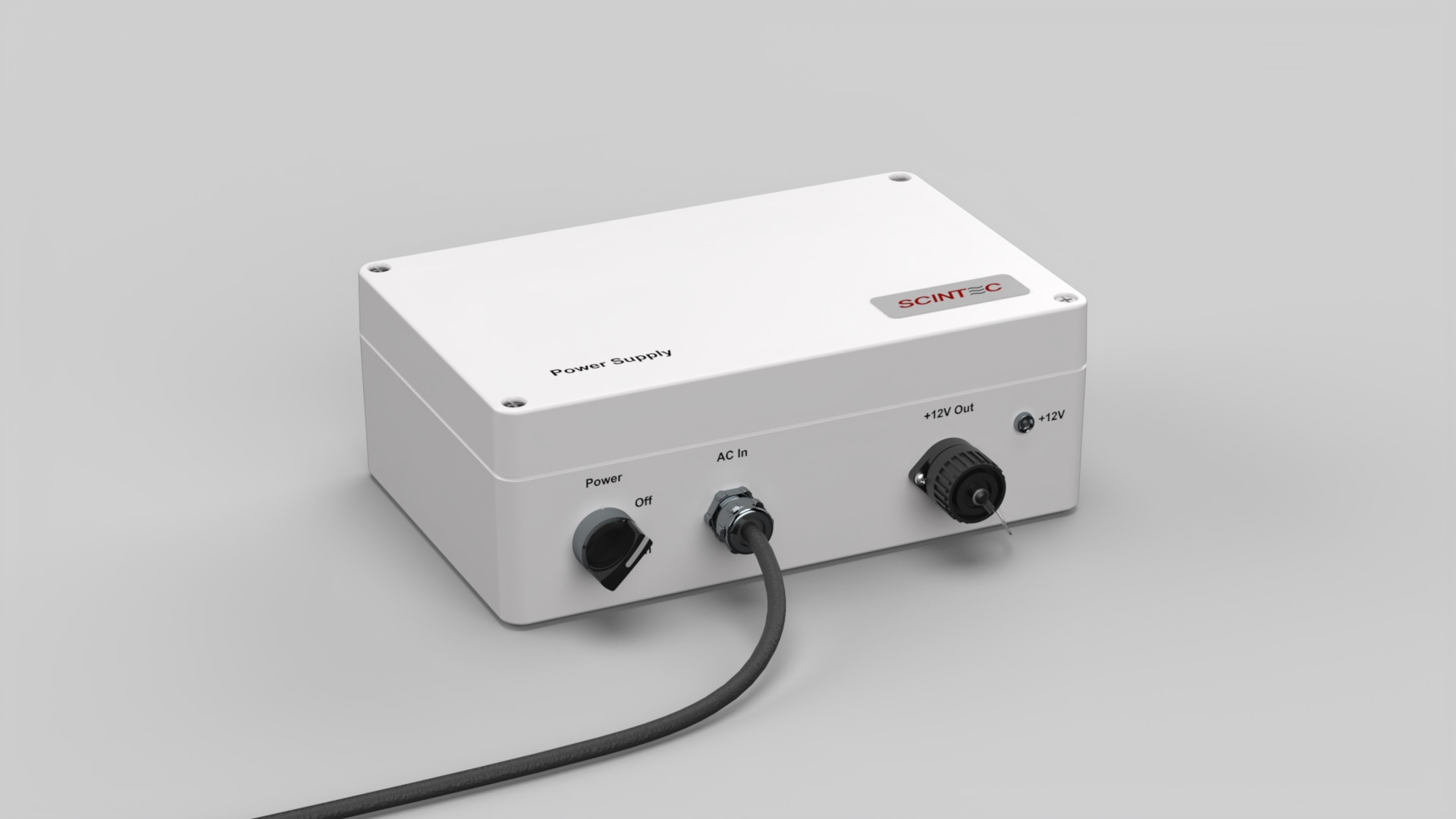
for BLS450, BLS900 and SLS Series
For operation of BLS450, BLS900 and SLS Series systems with AC power.

to reduce path length down to 100 m
The Path Reduction Aperture is a set of special disks for the Transmitter and Receiver.
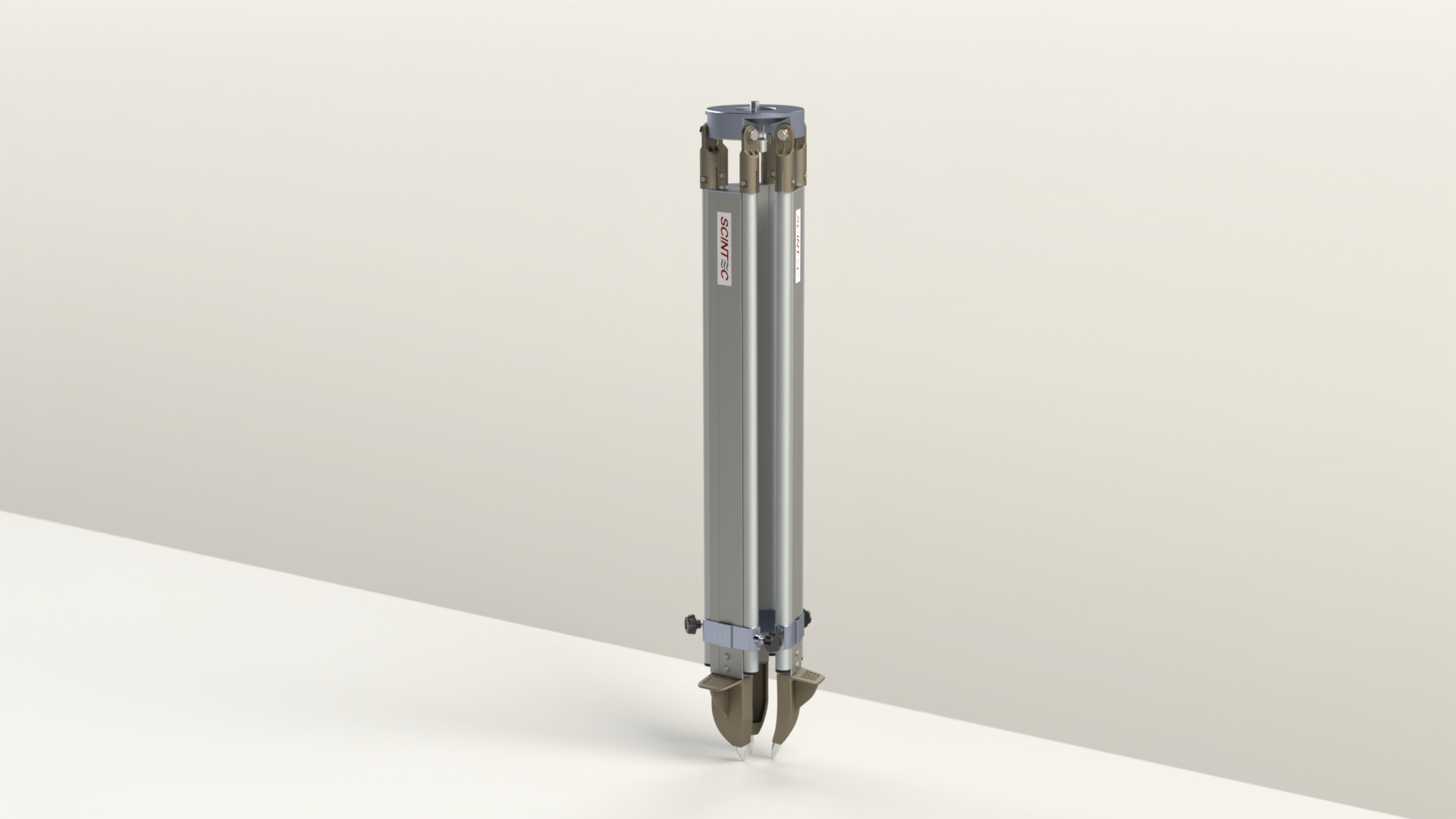
The tripod provides sturdy support for the Transmitter and Receiver of BLS and SLS Series.

The tripod provides sturdy support for the Transmitter and Receiver of BLS and SLS Series.

The Mounting Screw secures the Transmitter and Receiver of BLS and SLS Series to a stable platform
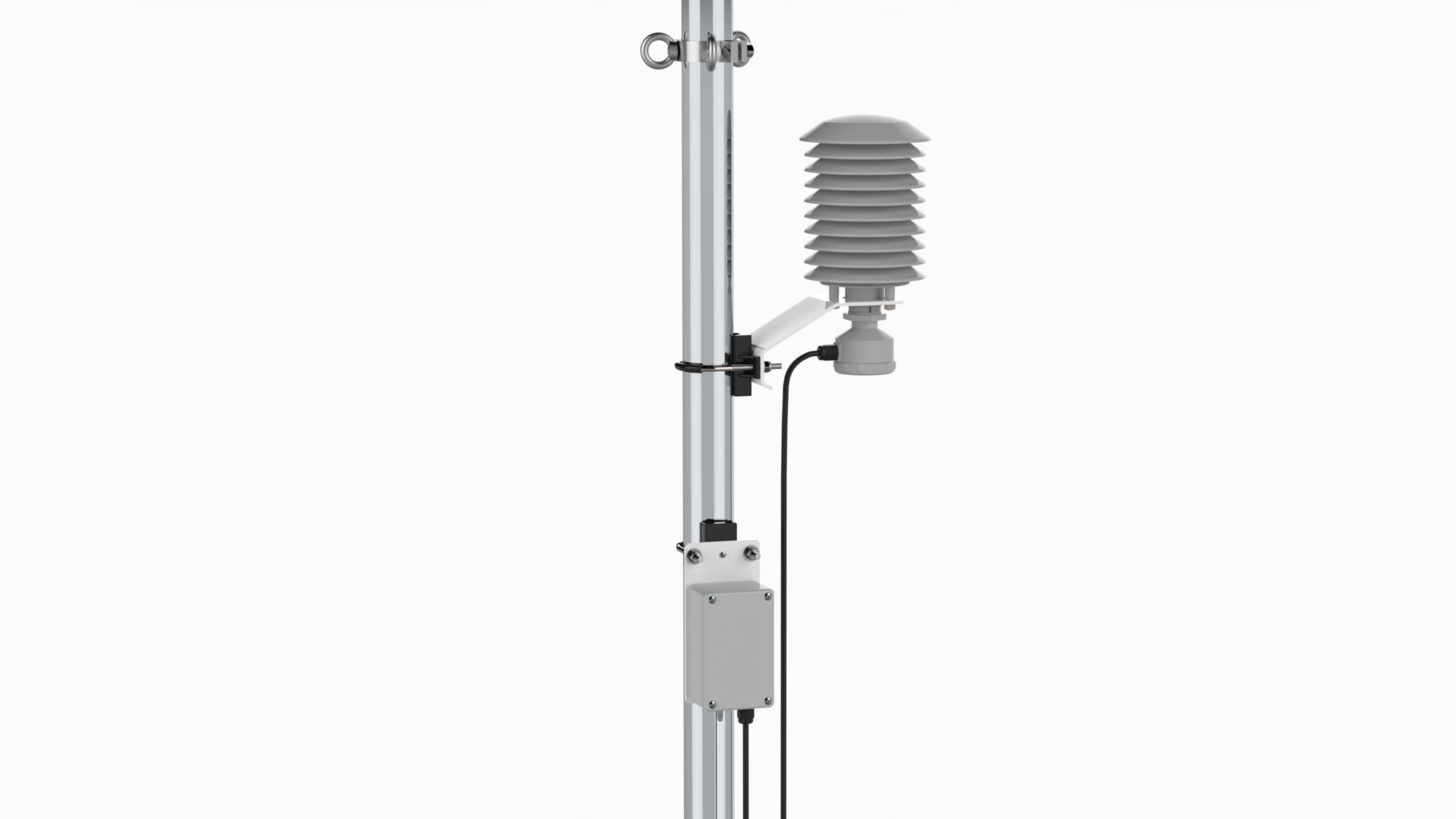
for BLS and SLS Series
The DMI-1 option consists of a temperature sensor, a barometric pressure sensor, a small tower and cables to connect the sensors to the SPU.

for BLS Series
The Real-Time Heat Flux Extension contains two temperature, pressure, wind speed and direction, and a combined temperature and humidity sensors for an accurate calculation of CT2 and sensible heat flux for all - unstable and stable - conditions.

for BLS Series
The Real-Time Evapotranspiration Extension contains net radiation, two soil heat flux, precipitation, two temperature, pressure and a combined temperature and humidity sensors for determining the evapotranspiration in terms of latent heat through the so-called energy-balance method.
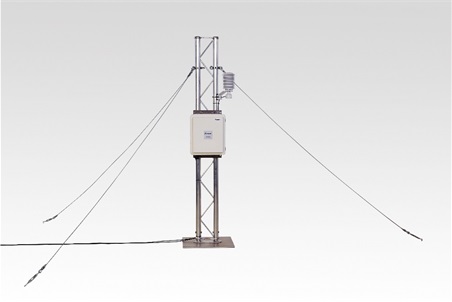
for BLS and SLS Series
The Real-Time Basic Extension contains temperature, humidity, and pressure sensors for calculation of structure parameter of temperature and in the case of the SLS series also the dissipation rate of turbulent kinetic energy.

for BLS and SLS Series
This set of two Aspirated Radiation Shields can be used with the Real-Time Heat Flux and Evapotranspiration Extensions for higher accuracy in temperature measurements.

for BLS and SLS Series
The Real-Time Sensor Interface Software allows data from sensors from Real-Time Extensions or other weather stations connected to the Signal Processing Unit to be integrated into the SRun software.
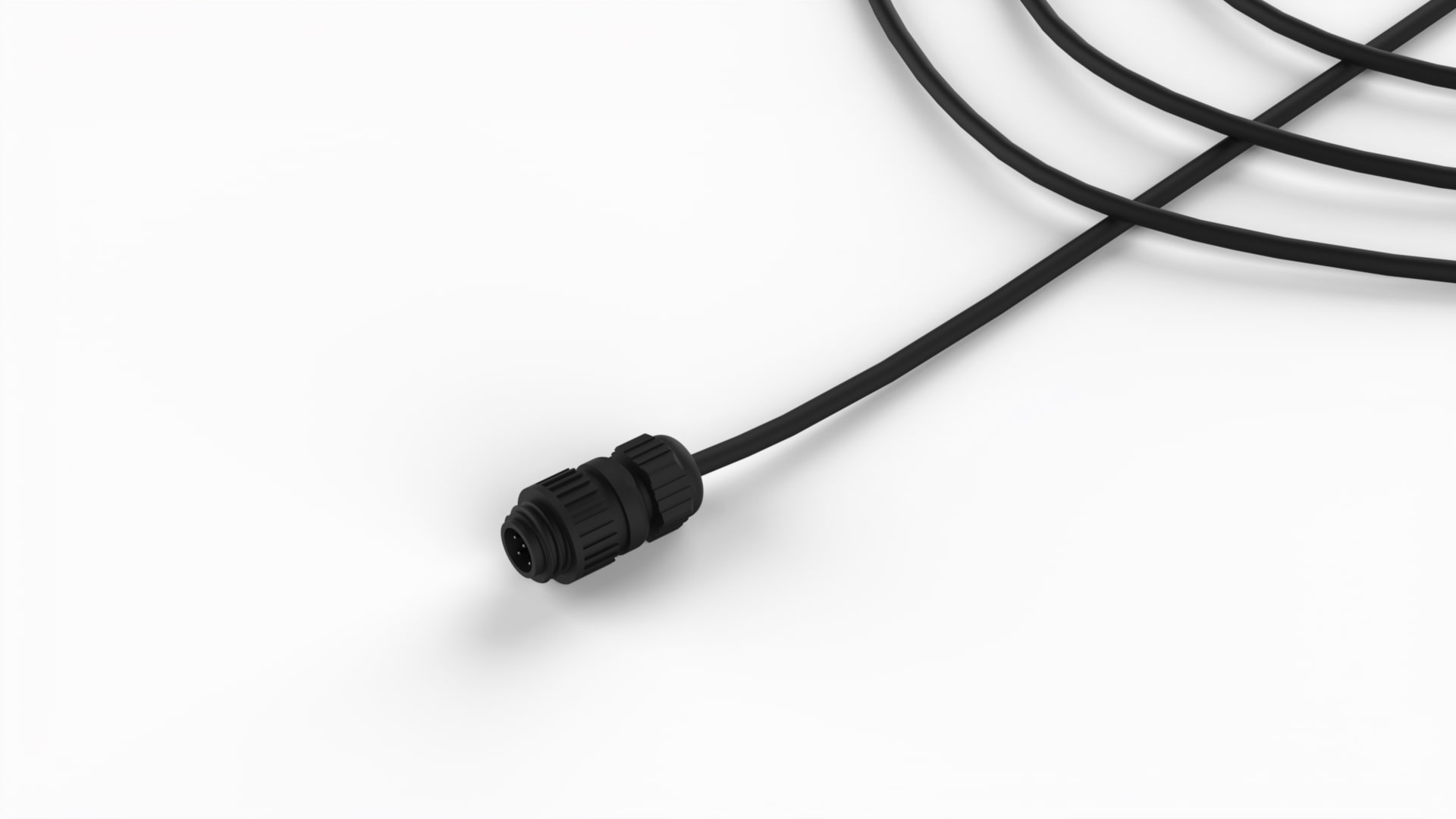
for BLS and SLS Series
This optional cable can be plugged into the Weather Station Port of the Signal Processing Unit, it can be used to have the BLS or SLS measurement data transmitted in real-time to your equipment.
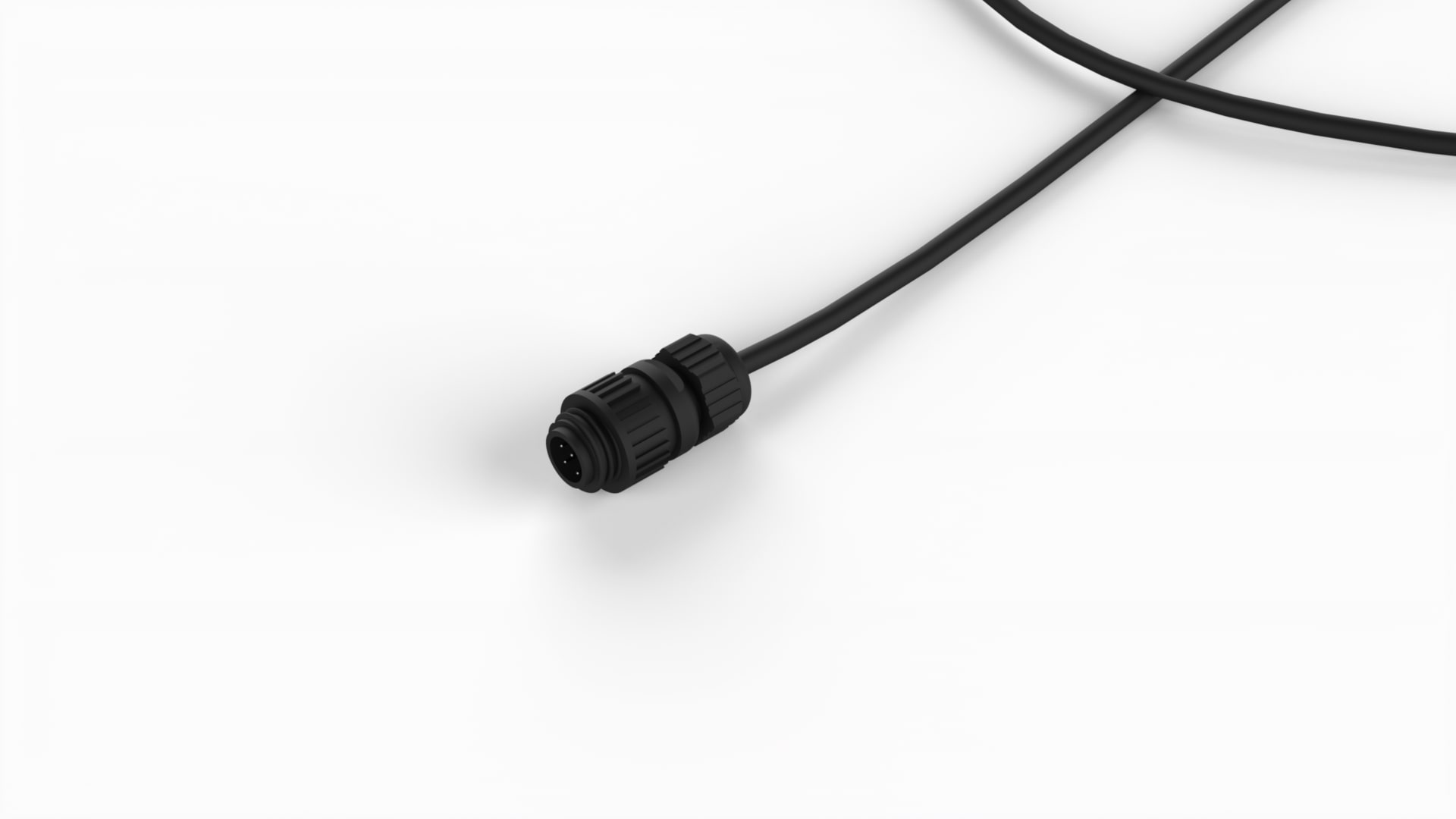
for BLS and SLS Series
The analog out cable with open wires is optionally available to connect the Analog Out Port of the Signal Processing Unit to an external datalogger or other signal processing equipment.

The BLS450 Neo uses one radiating disk, which makes it the most economical and lightest of the BLS series.

Dual-Disk Design
The BLS2000 Neo is a Large Aperture Scintillometer with Dual-Disk Design for very long paths







